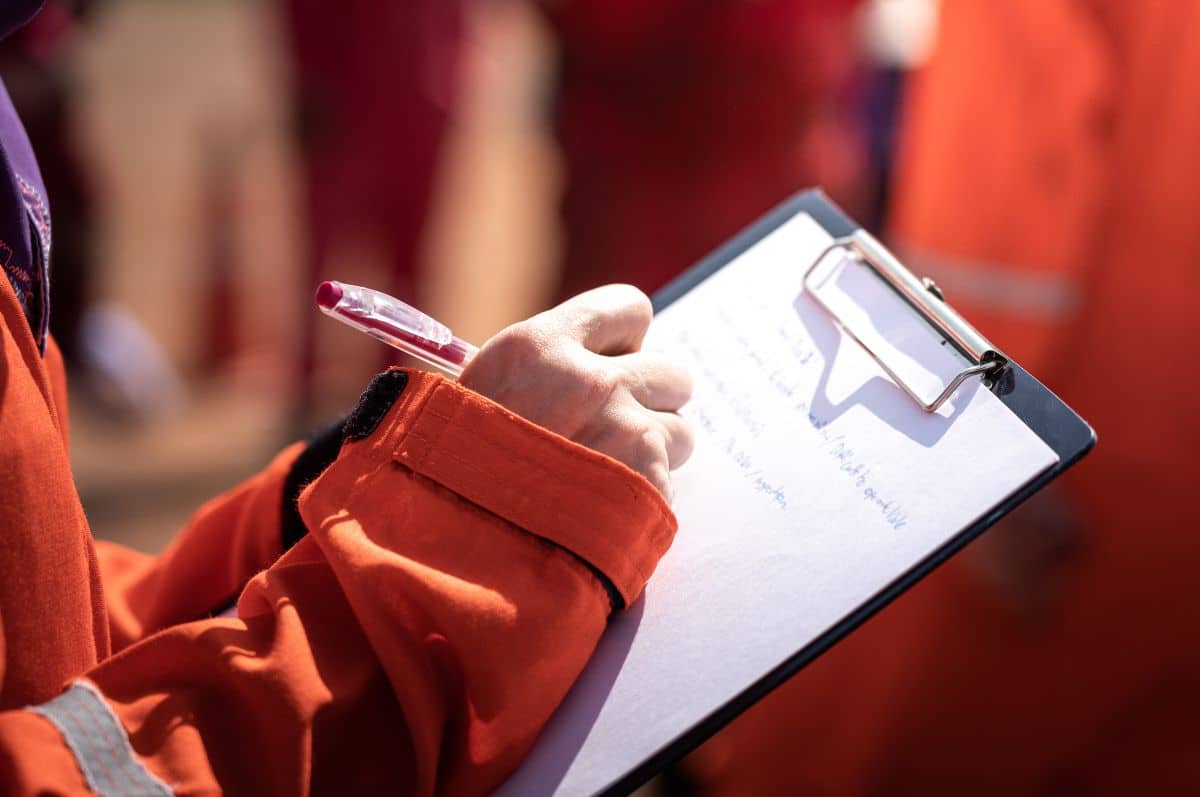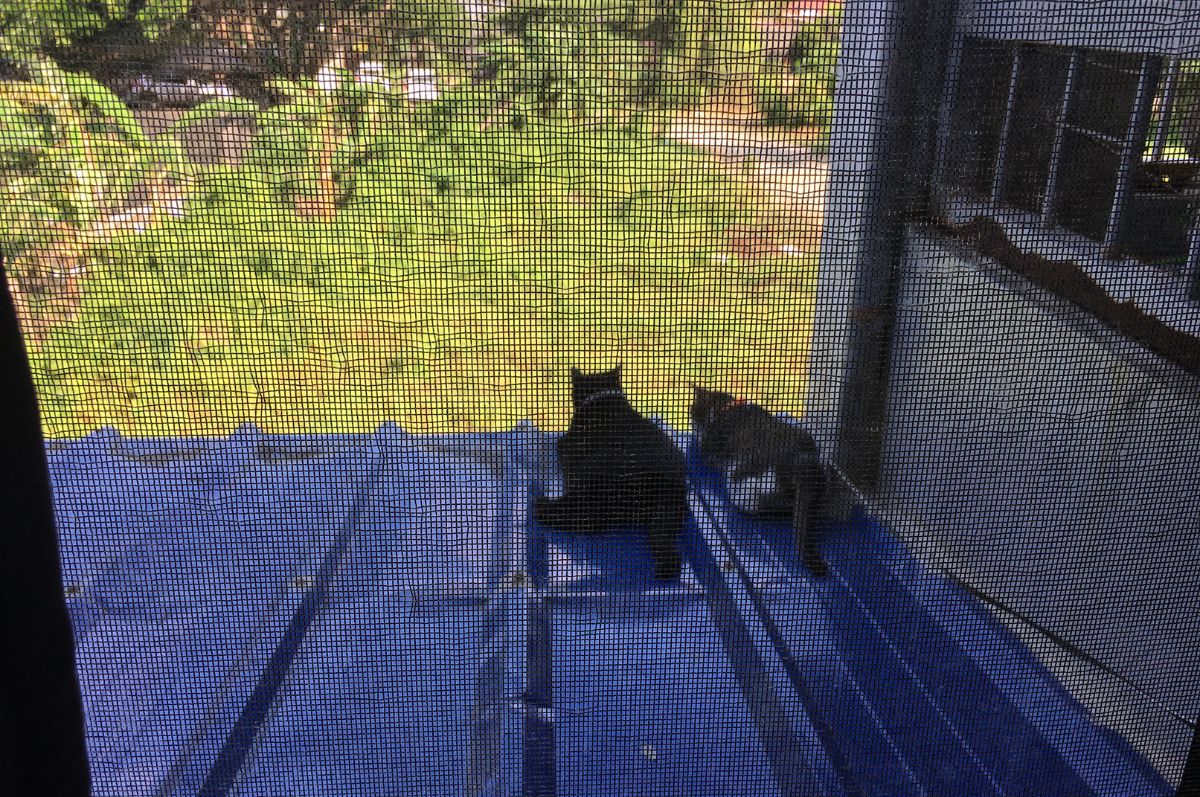Your cart is currently empty!

5 Essential WHS Duties of Australian Small Business Owners
Get a better understanding of your WHS duties as an Australian small business owner.
Start the new year confident by understanding your key WHS duties as an Australian small business owner. Work health and safety is something that often gets swept aside as small business owners juggle long working days and a tight cashflow. But once you know your primary WHS duties you can put together an achievable action plan to ensure that everything gets done. And everyone is safe.
In this quick blog, I’m introducing the basic WHS duties in Australia. Use it as a guide or starting point to greater WHS awareness and improved safety leadership, but don’t forget to carry out a risk assessment on the actual hazards identified at your business. Let’s get started.
1. People
Your first WHS responsibility is to ensure the health and safety of any person connected (or in contact) with your business.
Direct employees
It doesn’t matter if you have 1 or 1,000 employees you must keep people safe while they are working. This involves:
- Teaching your workers how to do their job safely. Eg, ensuring kitchen workers know how to operate a food slicer with the food shute guard in place.
- Making sure everyone knows what to do in an emergency. Eg, conducting regular fire drills.
- Having a reasonable amount of supervision for your employees as they carry out their duties. Eg, having a buddy system for new workers.
- Ensuring that all workers have the correct (and current) licences. Eg, not allowing someone to drive a forklift if they don’t hold a current forklift licence.
- Providing proper tools and equipment. Eg, providing trolleys for hospitality workers transferring cartons of liquor in between bars.
Contractors and people carrying out their work
Your responsibilities include the safety of anyone who visits your premises to carry out their work. This could be:
- An electrician who has come to install some light fittings in your shop.
- A delivery driver who is dropping off a pallet of flour at your bakery.
- An insurance assessor who is inspecting your hotel.
Depending on the reason they are on the worksite, and how long they are going to be there — you may need to deliver a safety briefing (or full induction) before they enter your premises. And they may require additional training if they will need to wear (or use) PPE and safety equipment.
Other people
Your business premises should be safe for customers and your business operations should not harm the general public. Examples include:
- Displaying signs to warn customers or visitors of specific hazards (eg, chemical storage, tripping hazards).
- Ensuring customers or site visitors won’t come in contact with unsafe plant or equipment (eg, ensuing electrical equipment that has been tested and tagged).
- Restricting access to certain areas (eg, not allowing your Sous Chef to bring his 13-year-old sister into the commercial kitchen).
Yourself
Finally, don’t forget about yourself. Even if you are self-employed and don’t have any staff, you still have work health and safety duties. You must ensure your own health and safety while working, so make sure you wear your PPE and keep your licences renewed.
2. Workplace
Your second area of responsibility relates to the workplace itself: physical work areas, the way work is done, and the facilities you provide for your workers.
Working environment
First, make sure the working environment is safe. This encompasses a lot of stuff but here are a few examples to get you thinking about your own workplace:
- Lighting. Can workers see what they are doing? Could they trip over or make a mistake because the area is too dark.
- Housekeeping. Is there stuff lying around everywhere — creating tripping and fire hazards?
- Work stations. Are work benches and shelving at optimum height to minimise back strain and musculoskeletal injuries?
- Ventilation. Do your workers get enough fresh air? Or are they constantly exposed to heat and fumes?
Safe work systems
Next, look at your operations manual. Do you have one? You should have clear, consistent work procedures and operational policy. Here’s an example to explain what I mean:
- Operational policy — requiring kitchen workers to wear cut-resistant gloves while using meat slicers.
- Safe work procedure — documenting a clear work sequence for operating a meat slicer, including putting on cut-resistant gloves and ensuring the machine is unplugged before putting blade guards in place.
- Safety audits — weekly inspections to check that operational policies AND safe work procedures are being followed (and enforced).
Chemicals and substances
Chances are your workplace carries a few different types of hazardous chemicals. Do you have aerosol cans, paint tins, petrol, LPG cylinders, varnish, and cleaning chemicals? If you do, you must have proper decanting, handling and storage systems that your workers know and understand.
Plant and equipment
You must keep work tools, plant and equipment in safe working order. I was once electrocuted at work while cleaning out a bar fridge that had a faulty cooling element. I was in my mid-20s and it’s only luck that I’m still here to talk about it. The fridge hadn’t been properly maintained, and I still remember the club’s electrician telling me to buy a lottery ticket because I should be dead. Maybe this is why I’m so passionate about WHS now.
Facilities
Make sure you have first aid, safety and fire protection equipment based on the hazards your people are likely to encounter. For example: if you’re a small bakery you’ll probably need a first aid station with a burns module — but unlikely to need a plumbed safety shower and eyewash unit.
NOTE: Carrying out a risk assessment is always the best way to determine what safety equipment you need.
3. Information, supervision, training
People need to know how to do their jobs safely. This includes understanding what hazards they’ll encounter each day at work, as well as knowing how to safely carry out individual work tasks.
- Information. Do your workers need Chemical Safety Data Sheets (SDSs), a pre-shift checklist, or an operations manual to do their job safely?
- Supervision. Is anyone checking on the wellbeing of your workers or ensuring they are following procedures? You may have a rule in place that bar workers can’t drink on the job, but is anyone enforcing it?
- Training. Your workers might need a forklift licence, but they might also need to be shown how to clean out a bar fridge without getting electrocuted. Training includes safety inductions, on-the-job training, and accredited training by a Registered Training Organisation (RTO).
4. Consultation
When developing safe work procedures, purchasing safety equipment, and making changes to the work environment, you are legally required to consult with the workers who will be affected. Imagine you want to:
- Buy a trolley to transport kegs of beer and cartons of wine.
- Use a cheaper brand of cut-proof gloves.
- Change to all-purpose cleaning chemicals.
Consulting with the people actually involved in the work tasks can help you identify possible hazards or make you aware that Joe in maintenance is allergic to the primary ingredient in the proposed cleaning chemicals.
5. Notification
It goes without saying that if someone is killed at work you must immediately report that to the WHS regulator in your state (or territory), but did you know that you are legally required to report any dangerous incident — even if no one was hurt?
Notifiable incidents under the WHS Act in Australia include:
- Fatalities.
- Serious injuries that require immediate treatment (eg, amputation, spinal injury, loss of bodily function).
- Someone injured at work and admitted to hospital.
- Workers who require medical treatment (within 48 hours) after being exposed to chemicals or substances.
- Dangerous incidents specified in the legislation (eg, uncontrolled fire, explosion, electric shock).
You must notify the WHS Regulator (eg, SafeWork NSW, WorkSafe Victoria) by phone or in writing as soon as you are aware of the incident — and depending on the severity — may be required to preserve the scene until an inspector arrives.
There is usually an official form or online reporting process on each state government’s website. If you are unsure where to look, try googling: ‘incident notification NSW’ or ‘report an incident Victoria’ or ‘workplace incident South Australia’.
Start the new year safe
This blog has quickly introduced 5 essential WHS responsibilities of Australian small business owners. Are you complying with all of them?
Make sure you include a commitment to work health and safety in your 2020 small business plan, and if you need some help getting started — or with the WHS documentation process — please get in touch. I’m a professional WHS writer and trainer passionate about helping small business owners develop a strong safety culture.
© 2020 Melinda J. Irvine. Featured image: Canva.
Discover more from Melinda J. Irvine
Subscribe to get the latest posts to your email.




